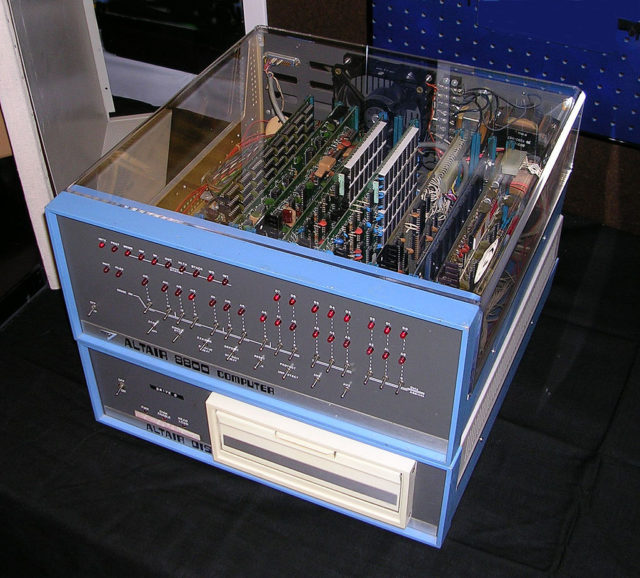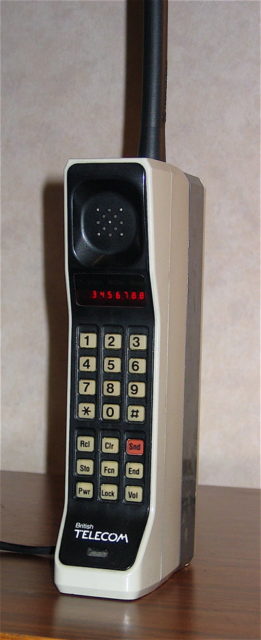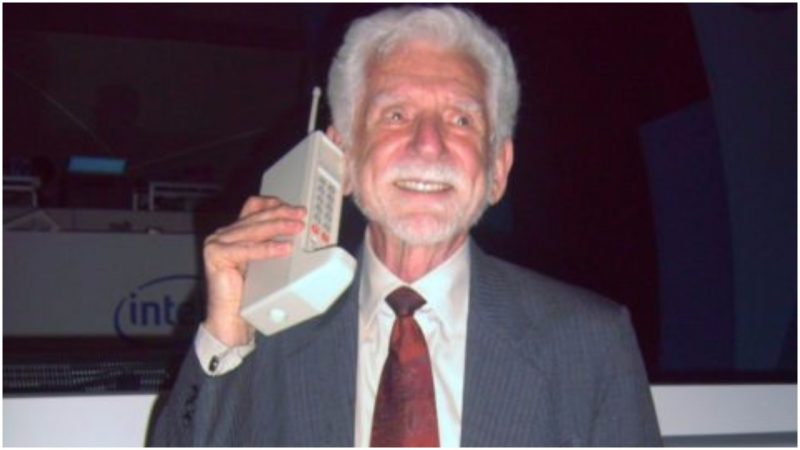Ever since it first aired in the 1960s, Star Trek series has inspired numerous visionary pieces of technology. Over the decades, many of these ideas have become tech gadgets we use in everyday life.
Take the first home computer, invented by Ed Roberts–the Altair 8800. The sci-fi franchise reportedly inspired Roberts, and he even named the device after the Altair Solar System, which initially appears in the episode “Amok Time” in the original series.
Tablet computers are akin to devices often used among Starfleet officers and personnel, sometimes even for the most mundane things like listening to music. The list of examples of how Star Trek has influenced ideas behind popular modern hi-tech gadget products wouldn’t be complete without the name of Martin Cooper.
He was the “captain” of Motorola in the days when, almost a century after Alexander Graham Bell made his own first historic telephone call, this company came up with the first phone that was portable, able to be hand held, back in 1973.
And get this – the first image sent down the phone line was in 1930s – see the clip below to see how much hassle it was…
Cooper, an electrical engineering graduate, joined the Motorola team in 1954. His initial assignments were to work on pagers and later on car radiotelephones. This service was based on VHF radio technology that linked with the public telephone network, which, of course, had limitations.
By the beginning of the 1970s, Cooper was worried that Motorola was considerably falling behind its biggest rival, AT&T, the then-leader in car-phone technology. Which is when he made the breakthrough: the world’s first cell phone.

It was the Star Trek series, seeing Captain Kirk and his team use their communicator devices, that inspired Cooper to come up with the world-changing invention. The device, which was as big as a brick and weighed 2.2 pounds, was a prototype of the portable cellular 800 MHz phone. It had a single line text-only LED screen.
As soon as the prototype was ready, following only three months of effort, Cooper hosted a press conference in New York, in early April 1973. For the public debut of the world’s first cell phone call, Cooper chose to dial up Joel Engel, at that time the head of research for AT&T.
He recalls the moment in an interview on CNN years later, saying: “I called him and and told him, ‘Joel, I am calling you from a cellular phone, a real cellular phone, a handheld, portable, real cellular phone.’ I don’t remember exactly what he said, but it was really quiet for a while. My assumption was that he was grinding his teeth. He was very polite and ended the call.”
The journalists attending the press conference were the next ones to test the new device, a call from it proving to them that the thing was working. This was not science-fiction. The cell phone was a sensation.
The Motorola DynaTAC handset was not only super-heavy but had limitations on how much you could talk over it. Cooper famously made a joke, saying: “The battery lifetime was 20 minutes, but that wasn’t really a big problem because you couldn’t hold the phone for that long.”
It took 10 more years to roll out the first Federal Communications Commission approved cell phone that was developed for mass-market use. Released in 1983, it was only half the weight of the original Motorola DynaTAC handset, but the Motorola DynaTAC 8000X had an extended battery life, which allowed an “entire” half an hour of talk. The pleasure to own one cost $3,995, the equivalent of more than $9,000 at 2017 prices.
Cell phone technology has come a long way, and today the vast majority of us cannot imagine our lives without a smartphone. The Star Trek creators could never have imagined that gadgets used in the franchise’s shows would materialize into reality so fast. We can even get our hands on translation apps and gadgets to help us understand other languages, bearing a resemblance to the universal translator, the technology that is part of the communication badge of each Starfleet officer, helping them communicate with alien species.

by the next decade, we will indeed have a perfected translator that will flawlessly translate all unknown languages to us. Or the next generation of 3D printing devices will be able to replicate real food, tasty and yummy, as we have seen popping up in the food replicators installed on board the Enterprise or Voyager.
Perhaps,An instantly replicated cup of coffee from such a machine the moment you wake up would probably be much welcome among any “not-a-morning-person.”
